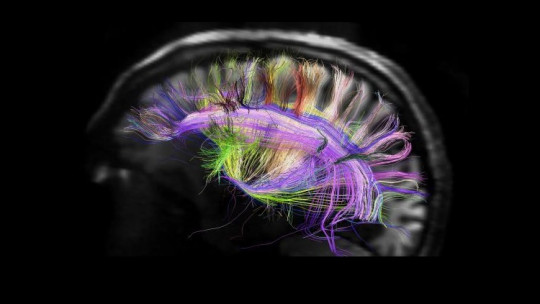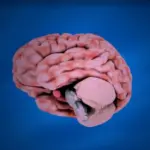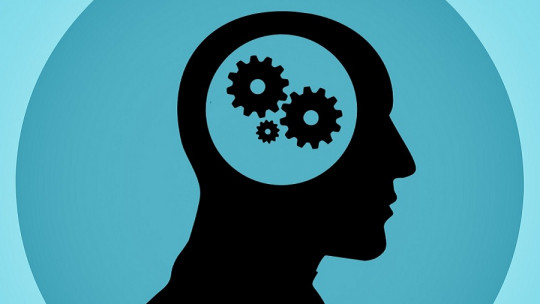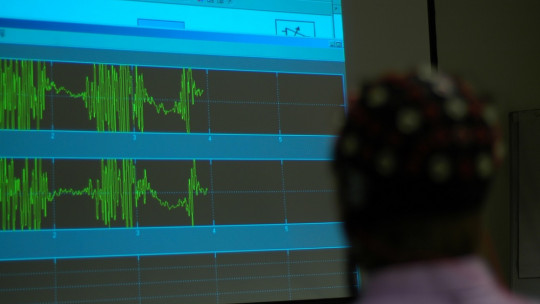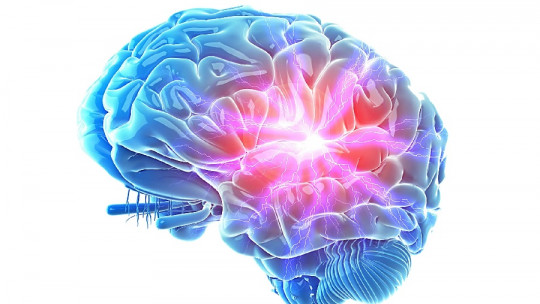
The development and improvement of neuroimaging techniques over the last decades has allowed us to understand the structures and functions of the brain in living people.
Previously, the study of the brain was limited so that it was difficult to identify changes that occurred in it over time.
Thanks to these techniques, today we know approximately How psychotherapy influences the brainand we can understand the importance of psychological treatments in improving brain functionality.
Neurosciences and psychotherapy
Techniques such as functional magnetic resonance imaging (fMRI) or structural magnetic resonance imaging (sMRI) have made it possible to identify abnormalities in the brain functioning of patients with mental disorders, determine the involvement of different brain structures and, also, how psychotherapy and the improvement of mental health of the patient is reflected in the brain.
It is a fact that psychotherapy improves the lives of many people, producing changes in their emotional state, changing their belief system and, consequently, their behavior and way of relating to others.
In the past it was not possible to know what the neural substrate of patients’ improvement was. The effectiveness of the therapies was established based on how the patient said he had improved his problem, assessing his subjective well-being and the degree of improvement that the therapist saw in him, just as it is done today, but without having any form to see what was happening in the patient’s brain while he was alive.
Starting from the fact that human behavior is based on the brain, It was assumed that psychotherapy changed how this organ functioned, but how was a great mystery.. The brain was like a black box, the contents of which were impossible to know without opening the skull, a practice that was certainly not common. With the arrival of neuroscience, especially neuroimaging, it was possible to open this box that is the skull without actually having to do so, and thus the functioning of the most complex organ in the human body could be known.

What does psychotherapy involve at the brain level?
In a common childhood, our parents and caregivers act as sources of tranquility, calm and learning, offering their children a safe environment so that they can develop, explore and learn not only knowledge and skills, but also to manage stress, fear. and other negative emotions.
Thus, In a healthy family, neurological development takes place allowing for a healthy, flexible and effective relationship. between the most primitive part of our brain, the limbic system, with the most evolved, the cerebral cortex.
Experiencing chronic stress during childhood affects neurological growth, impeding its development. High levels of stress hormones end up affecting higher cognitive functions, such as memory or thinking, and can cause difficulties in regulating emotions. Upon reaching adulthood, the person manages problems in a dysfunctional way, so much so that it can even lead to episodes of dissociation and inability to manage their emotions.
Psychotherapy can serve to reorganize the brain structure by offering a learning environment rich in everything that the patient did not have when he was a child. Although the adult brain is not as plastic as the child’s, What the patient learns in the context of psychotherapy can correct the hyperactivity and hypoactivity of various brain areas.. Psychotherapy offers cognitive and emotional stimulation, improving brain connections.
Stress and psychological activation (arousal) are double-edged swords: at very low levels they do not motivate the subject to learn or change, while at high levels they make them respond in an exaggerated way to problems. The intervention of a psychotherapist can promote change by bringing stress and psychological activation to medium and moderate levels, stress to healthy levels that activate the production of growth hormones and better learning at a neural level.
The essential task of every good therapist is to accompany the patient in the process of regulating strong and negative emotions, such as stress or sadness.
Brain changes associated with psychotherapy
Psychotherapy produces physical changes in the brain that allow better functioning, integration and regulation of neurological systems, which underlie better mental health, especially when we find ourselves in high-stress situations. Specifically, changes in the frontal and temporal cortex that mediate the regulation of emotions, thinking and memory.
We have an example with the case of Obsessive-Compulsive Disorder (OCD).. Research on this disorder indicates that in this psychiatric condition there is hypermetabolism in different areas of the brain, including the caudate nucleus. Many studies suggest that cognitive-behavioral treatments in patients with OCD normalize the metabolic levels of the caudate nucleus and that this phenomenon brings about an improvement in the symptoms.
Another case is that of specific phobias, such as arachnophobia. Patients with phobias present a reduction in the activity of the limbic system involved in the fear response after having been subjected to CBT-type psychological therapy. In schizophrenia patients, it has been seen that psychological therapy normalizes the pattern of activity in the fronto-cortical areas, improving some of their symptoms.
We can also mention the case of people with major depressive disorder. In this type of patient, being subjected to psychotherapy reduces the activity of brain areas associated with emotions such as sadness, as is the case of the amygdala and the limbic system in general. Psychotherapy also causes changes in the hippocampuswhich regulates emotions and memory and the medial prefrontal cortex, associated with thinking and problem solving.

